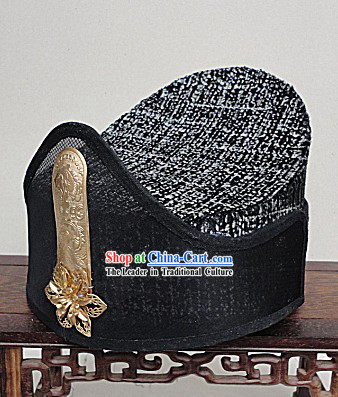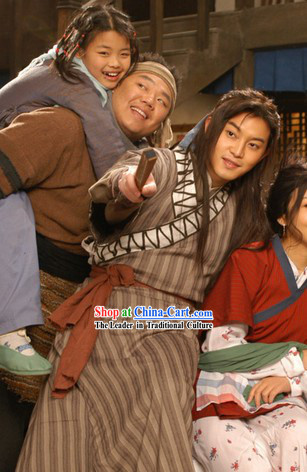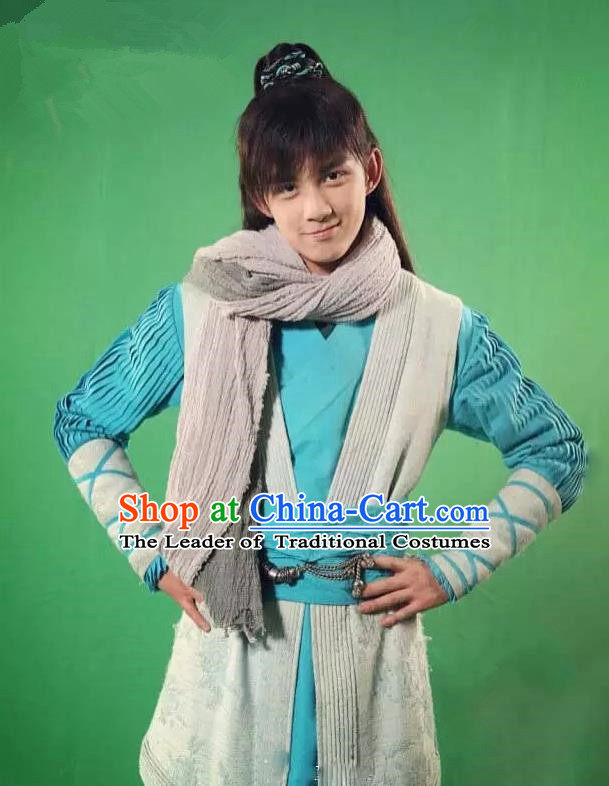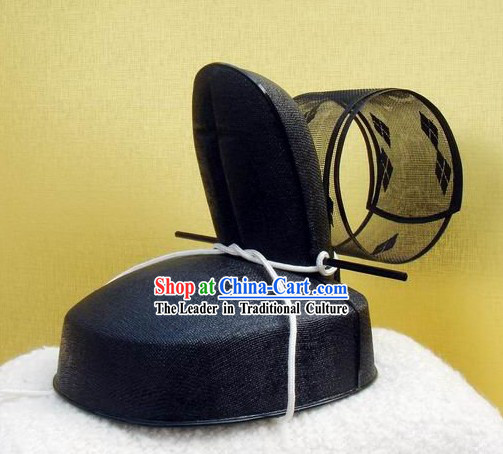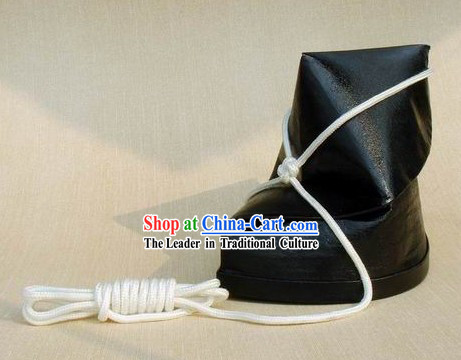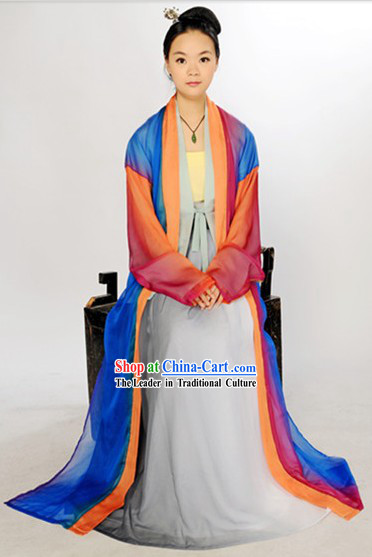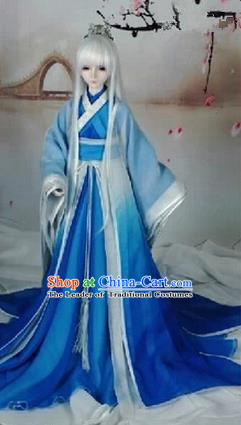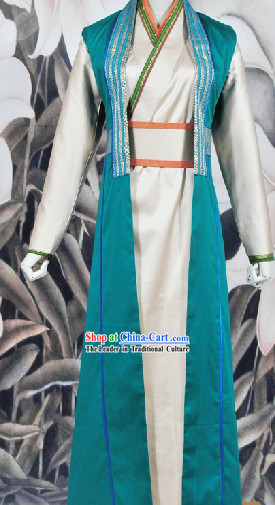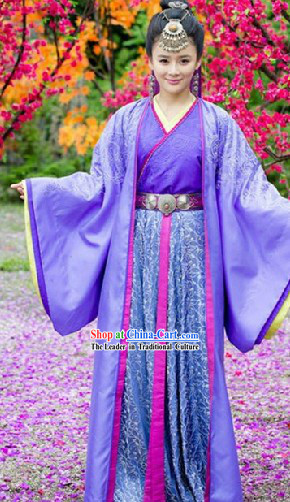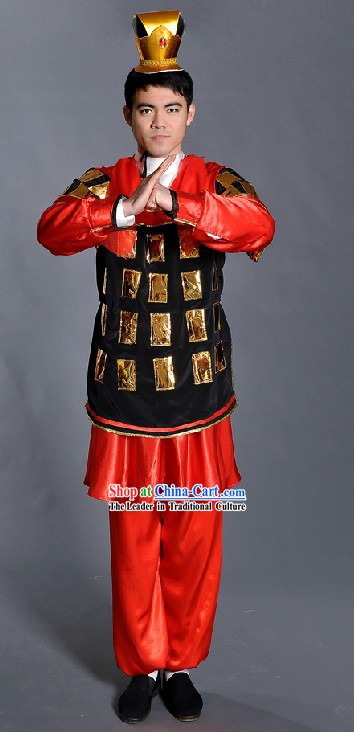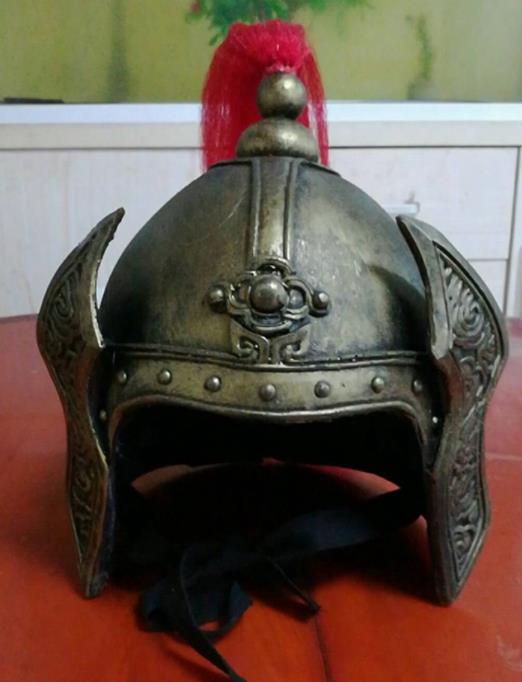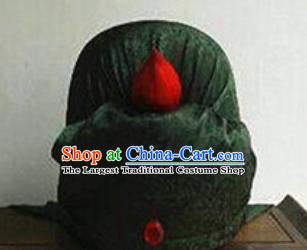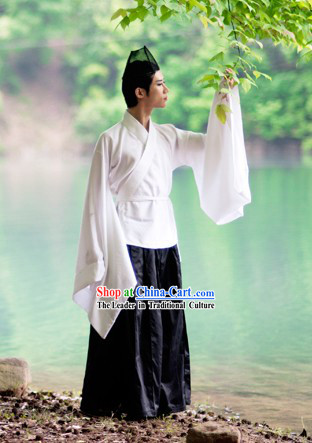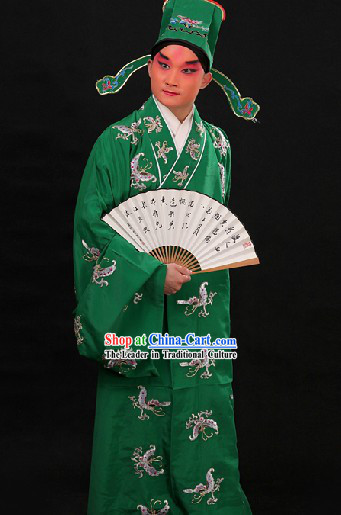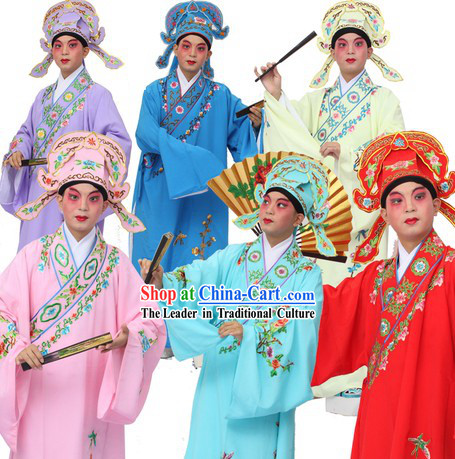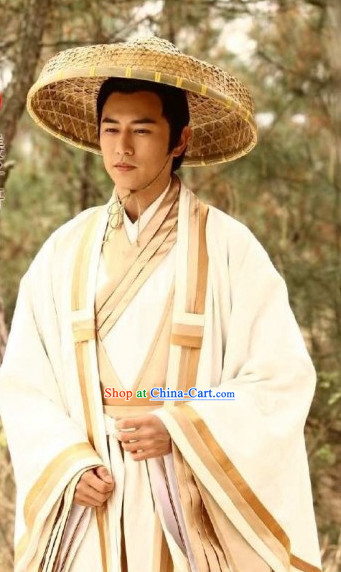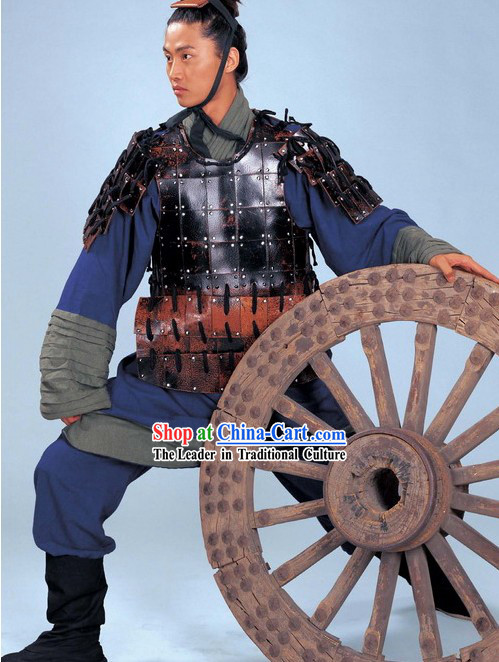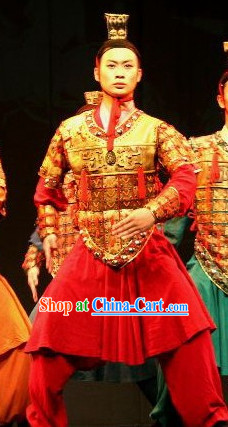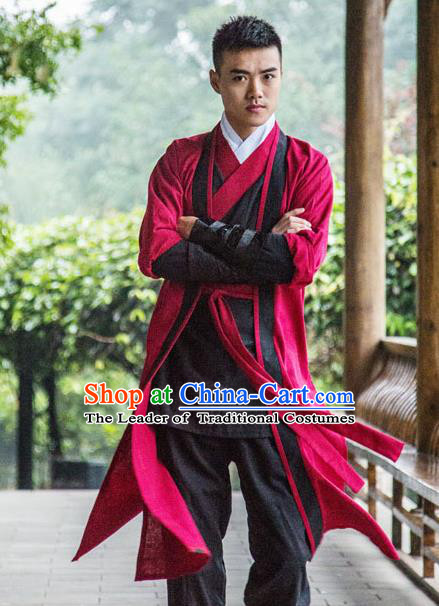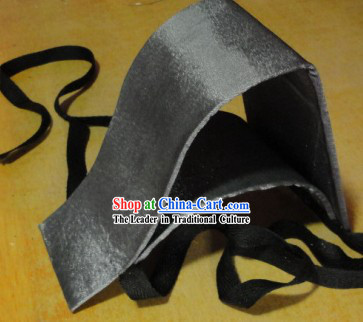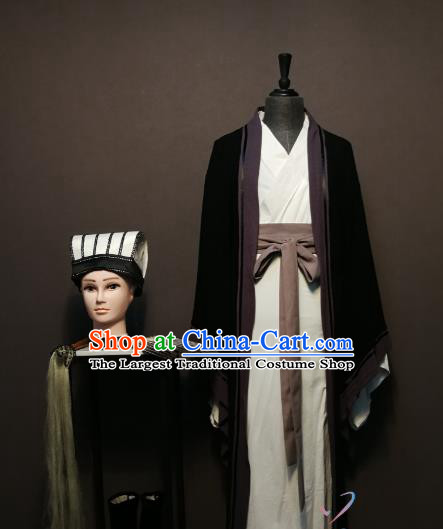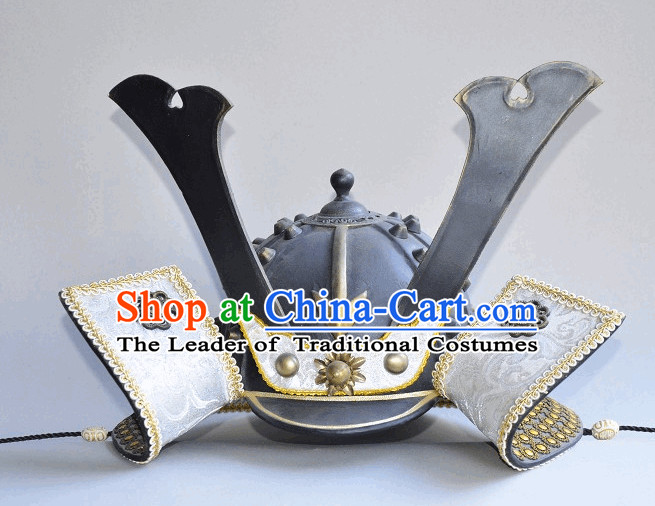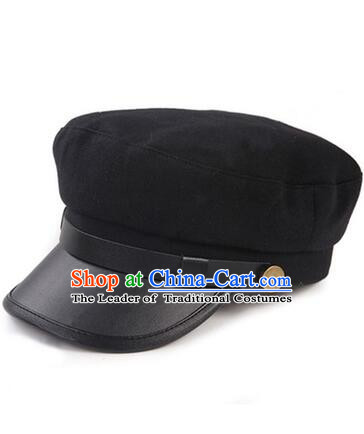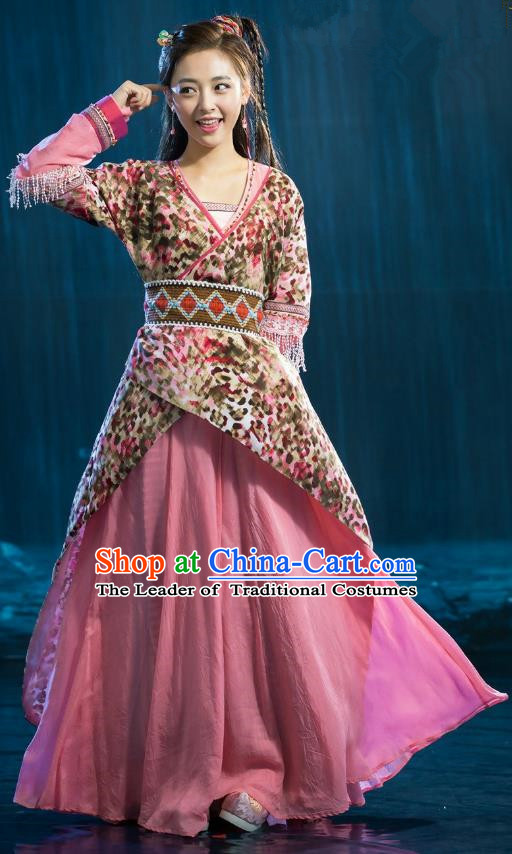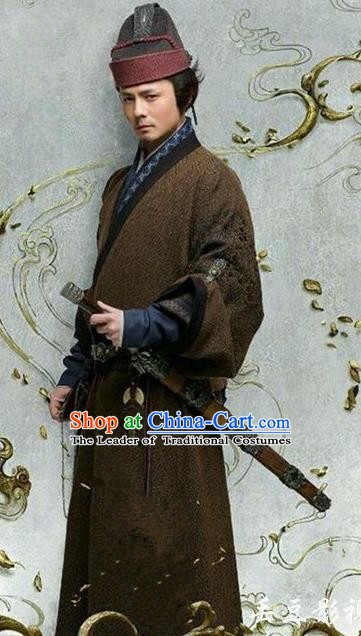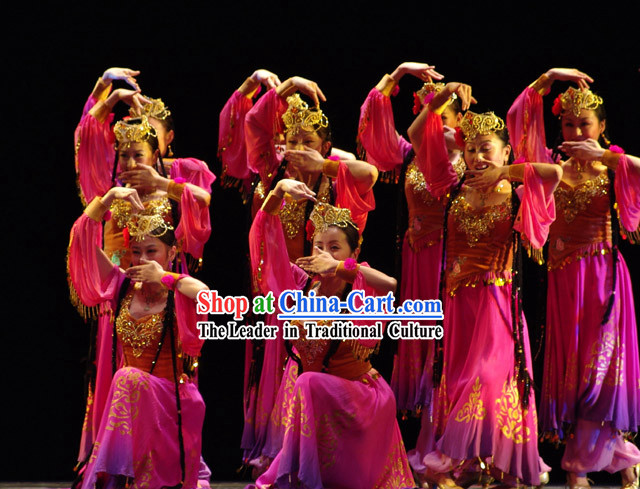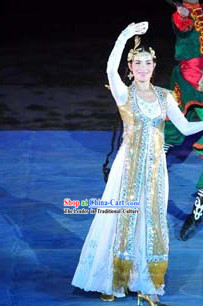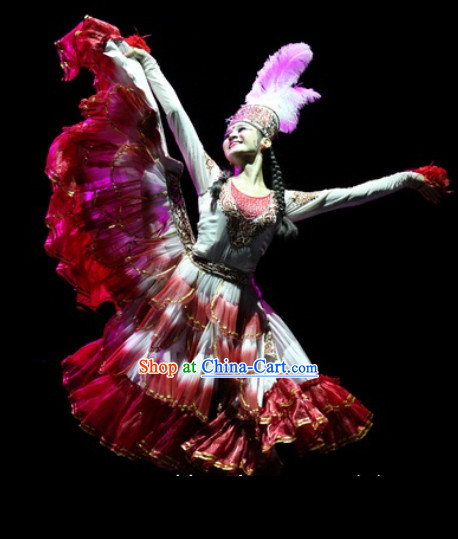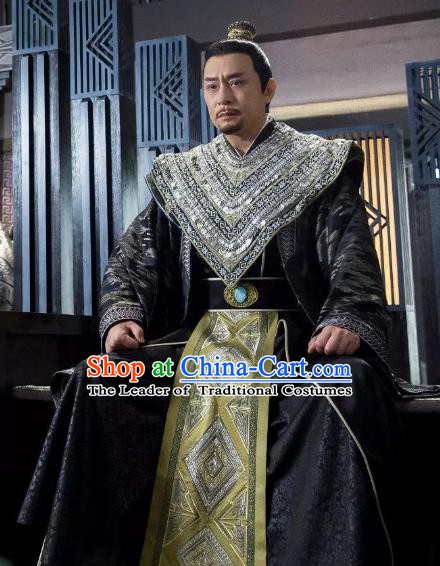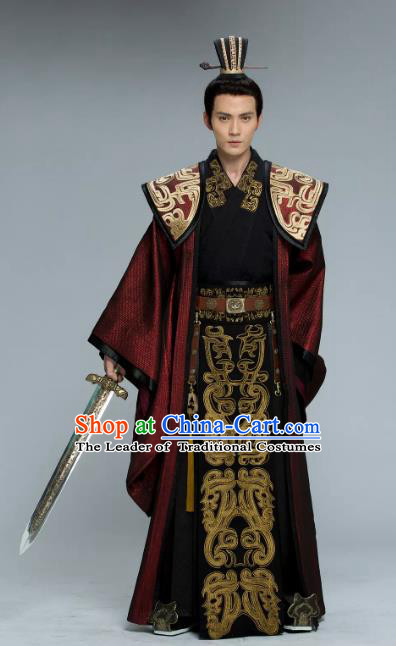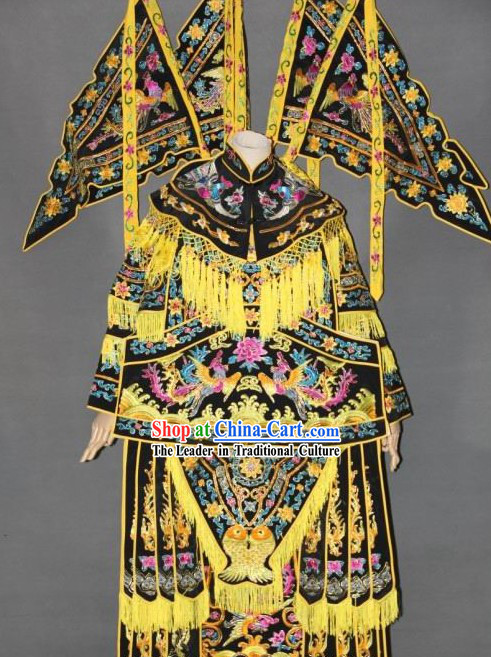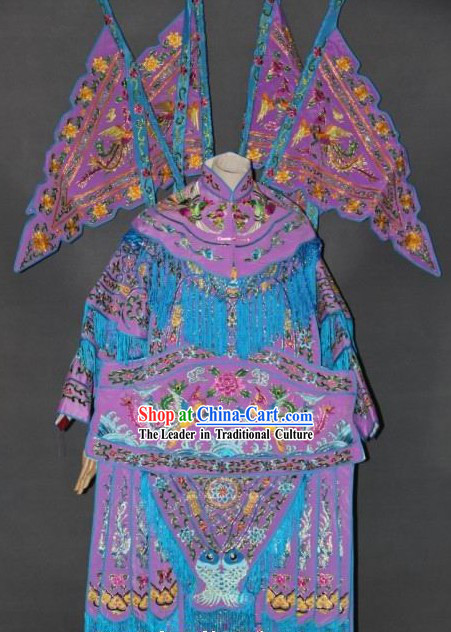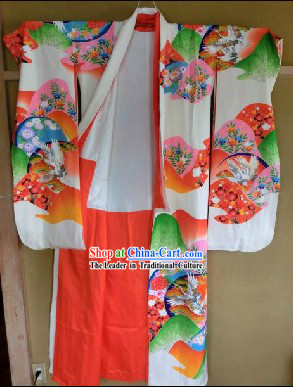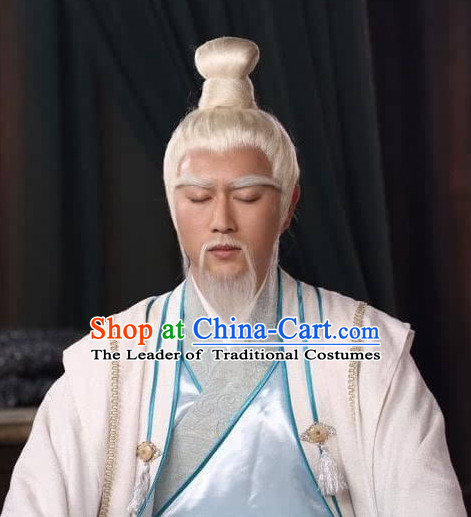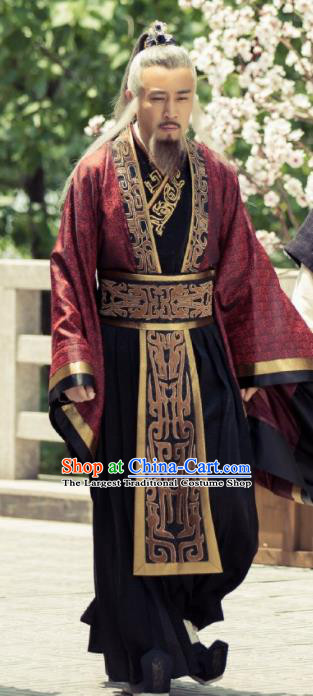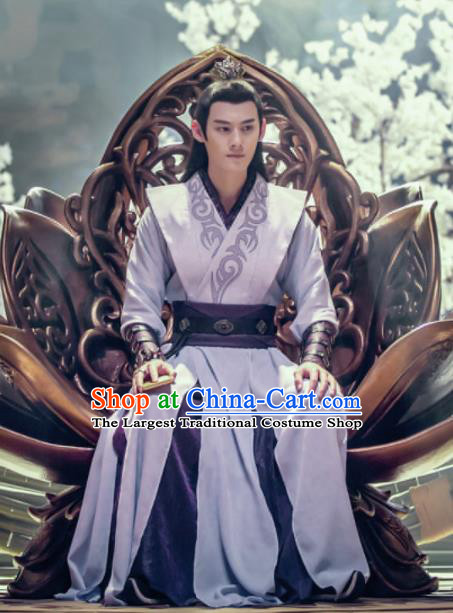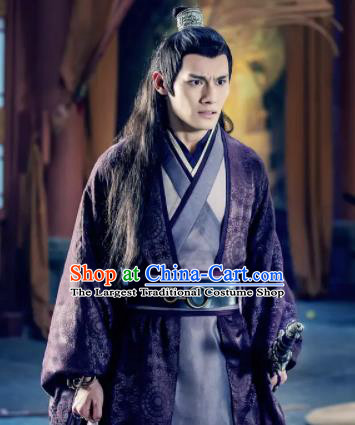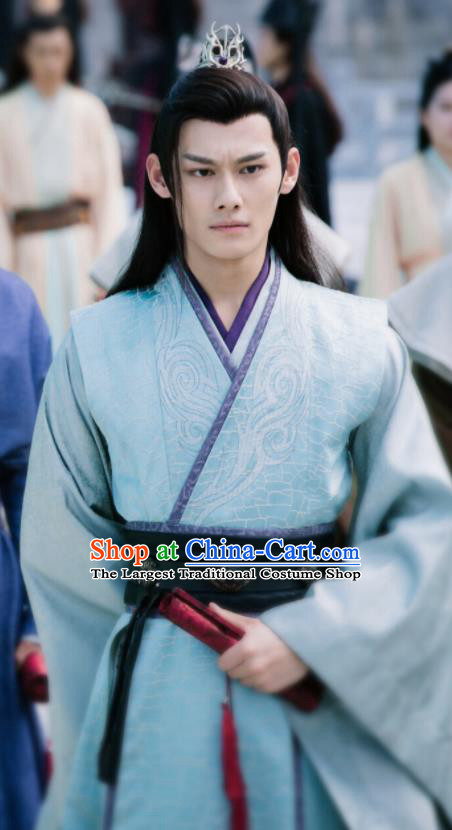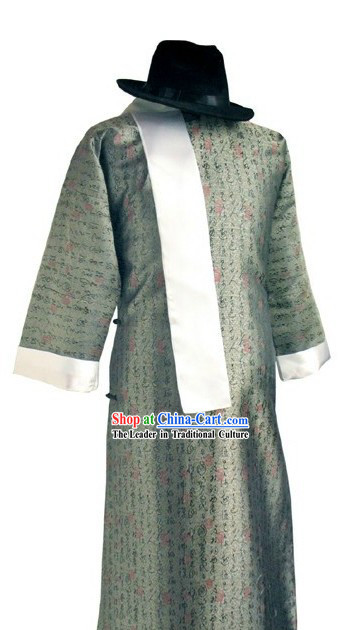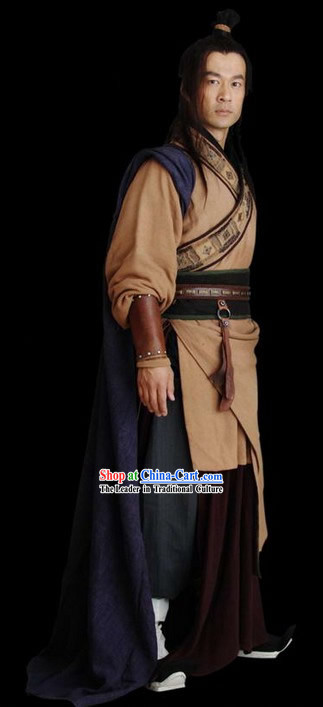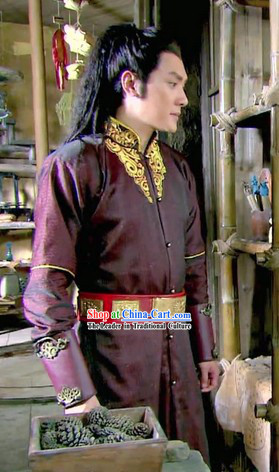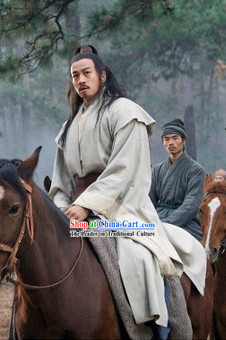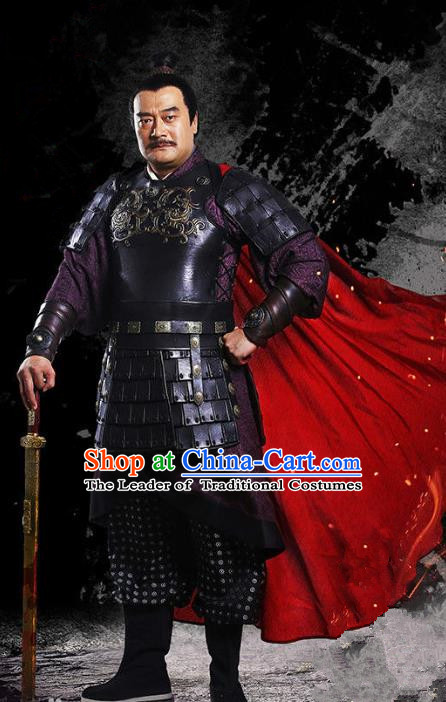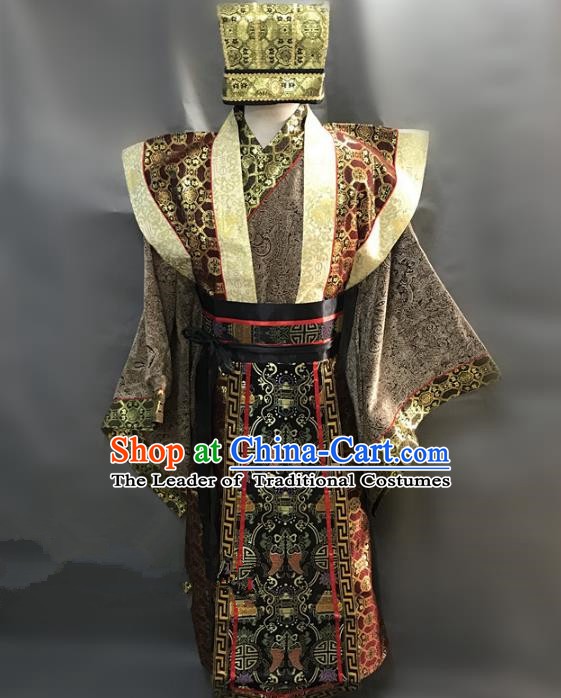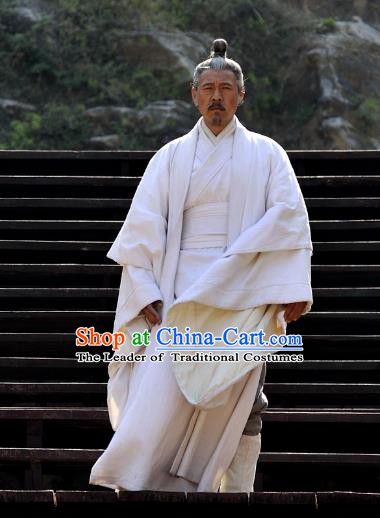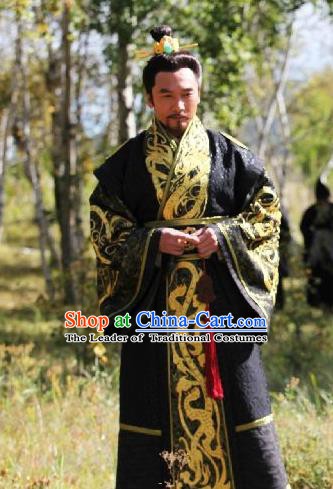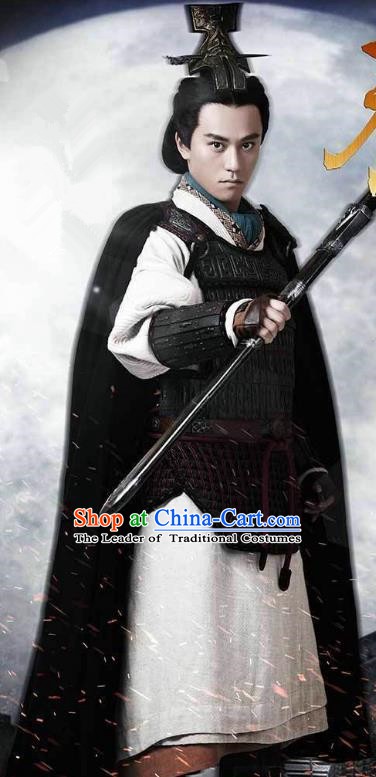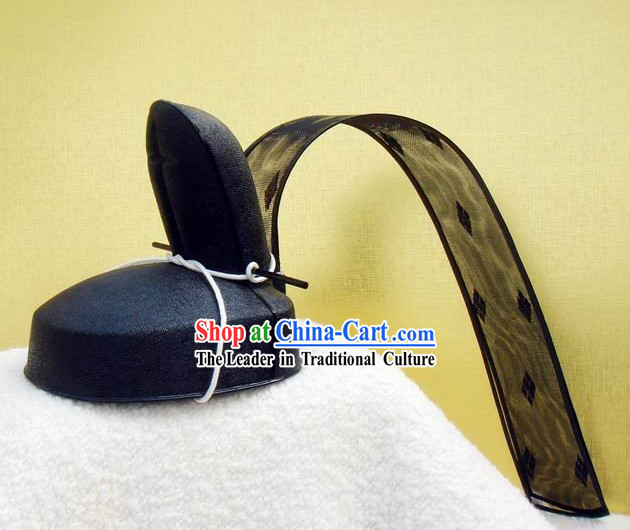
Click Related Pictures for More Audios:
This artwork is an ancient Japanese Edo-period men's hat, which carries rich historical significance and cultural connotations.
The hat was crafted using traditional techniques, showcasing the aesthetic sensibilities and lifestyle of the Japanese people during that time.
Its design is unique, incorporating elements of Eastern aesthetics such as symmetry, balance, and harmony.
On the hat, we can see intricate embroidery patterns that often symbolize good fortune, happiness, and prosperity.
Additionally, the hat's embellishments include details such as tassels, metal buttons, and ribbons, all of which add to its elegance and refinement.
From an artistic perspective, this hat demonstrates the talent and creativity of Edo-period Japanese artists.
Through their exquisite craftsmanship and unique designs, they were able to combine tradition with modernity, creating a piece of art that is both historically valuable and artistically significant.
This respect for and continuation of traditional culture has made this hat a precious cultural treasure.
From a practical standpoint, this hat played an important role in Japanese society at that time.
It was not only a fashion accessory but also served the function of protecting the head.
In cold weather, people would wear such hats to keep warm.
Furthermore, the hat could also serve as a status symbol, displaying an individual's social standing and taste.
In conclusion, this ancient Japanese Edo-period men's hat is a piece of artwork with rich historical significance and cultural connotations.
It showcases the aesthetic sensibilities, lifestyle, and respect for traditional culture of the Japanese people during that time.
At the same time, it is also a practical item with the functions of warmth retention and status display.

